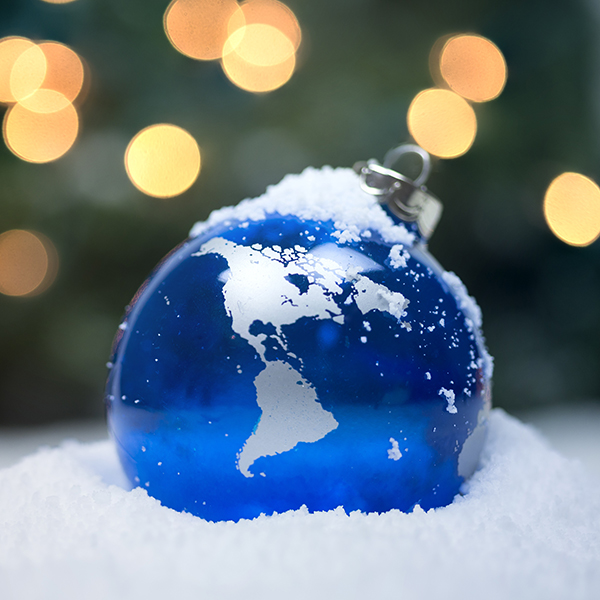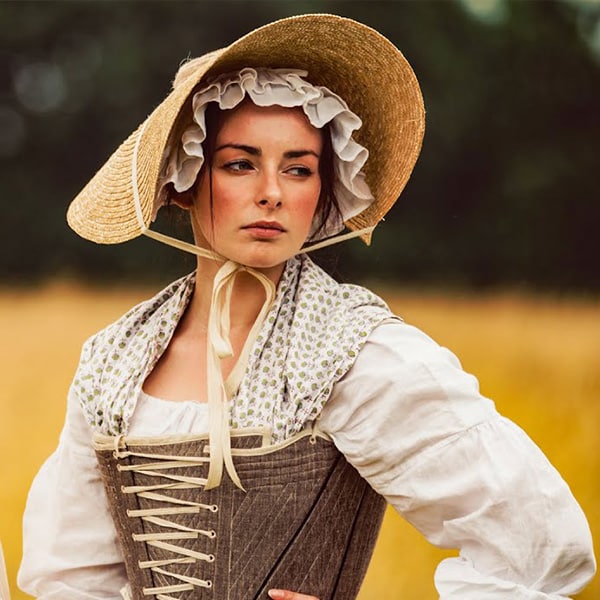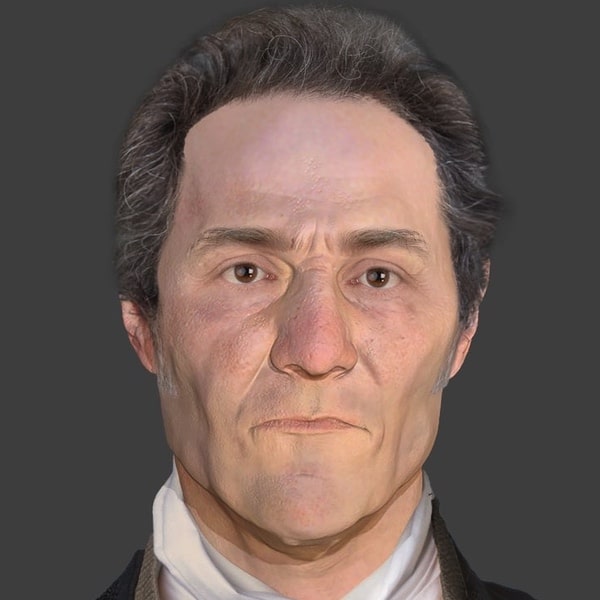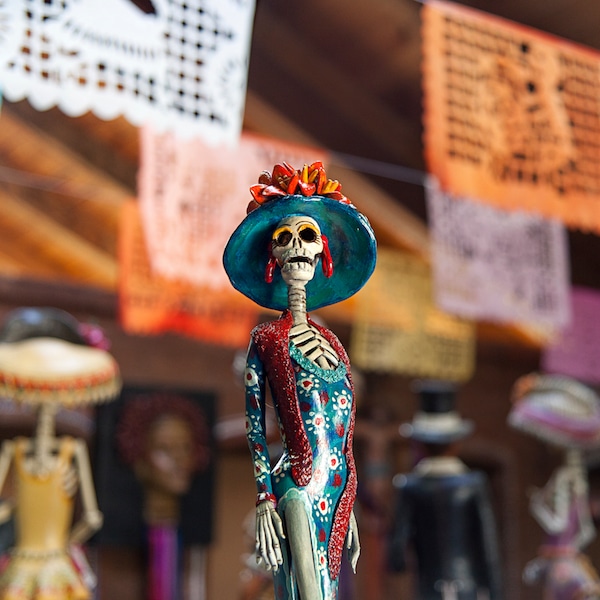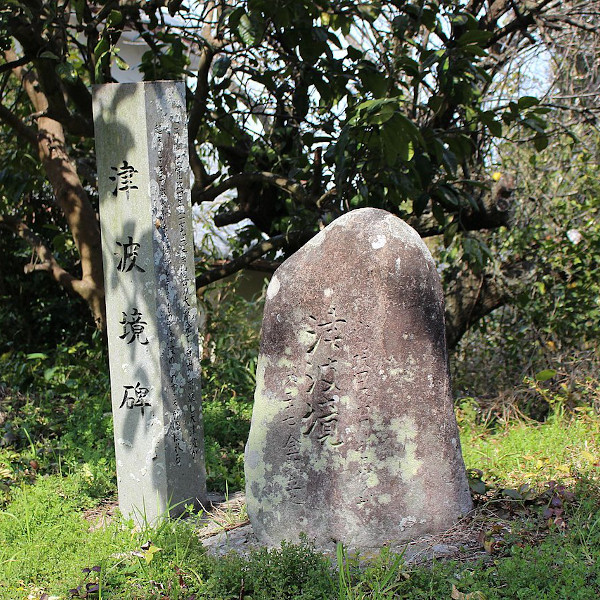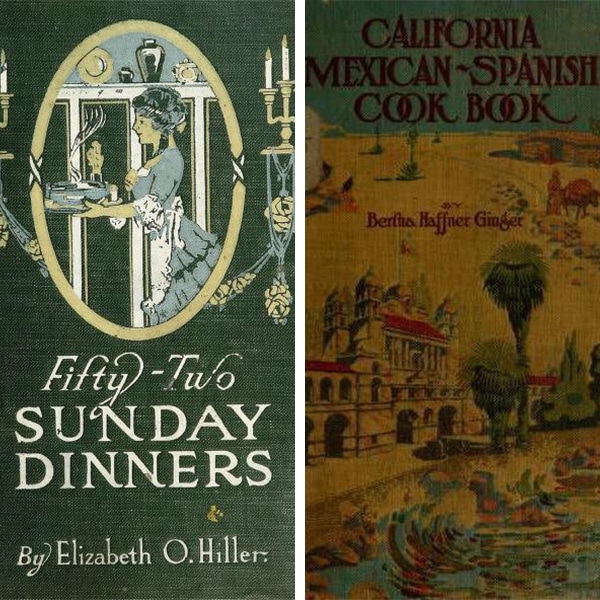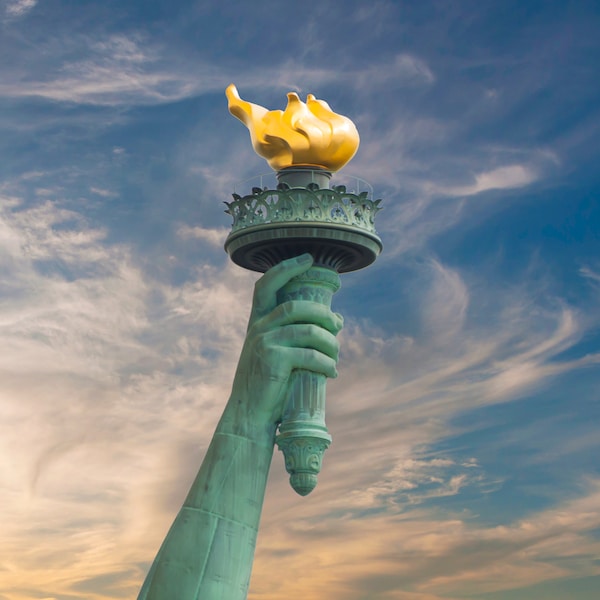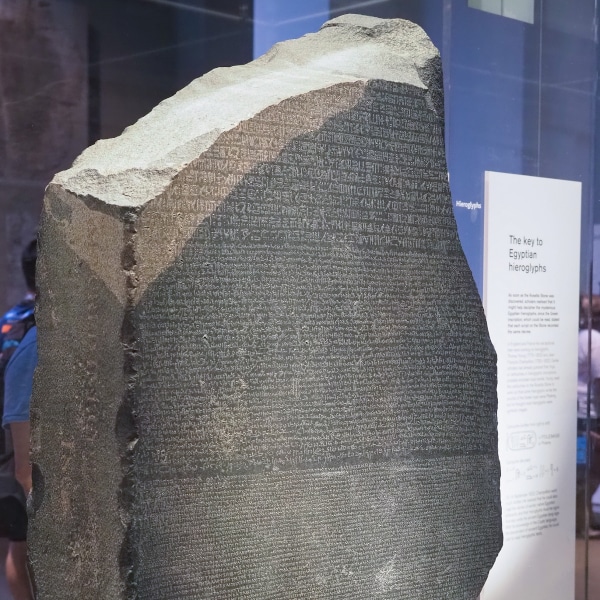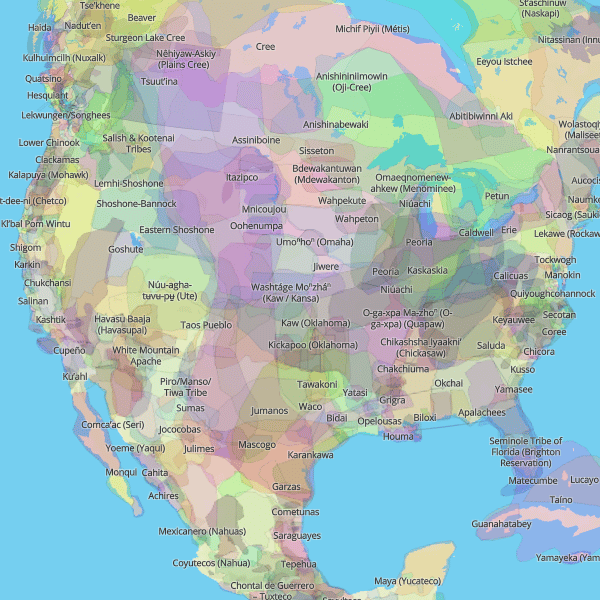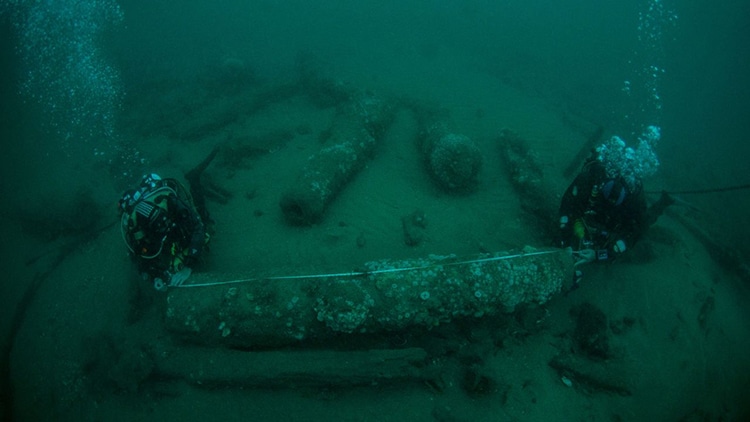
Brothers Lincoln Barnwell (left) and Julian Barnwell measure a cannon on the Gloucester. (Photo: Norfolk Historic Shipwrecks)
Shipwrecks have long inspired storytellers and historians. For treasure hunters, discovering sunken jewels or relics is a thrilling holy grail. For historians, however, finding a piece of history frozen in place is the true treasure. Off the coast of England, the discovery and excavation of the famous HMS Gloucester offers an exciting new window into royal and maritime life in the 17th century. Among the artifacts discovered in the “time capsule” are unopened bottles of wine, purchased for a prince and his crew 340 years ago.
The HMS Gloucester was built in 1654 for the English navy. A 50-gun warship, it was later commissioned to carry James Stuart, the Duke of York—the heir to the throne—to Scotland to fetch his wife and daughter back to England. The duke was a Catholic heir to a protestant throne only recently rescued from the jaws of republicanism. Bringing his pregnant wife to birth in England offered a conciliatory path forwards as the health of his older brother King Charles I was in decline. The duke and his noble entourage, as well as many crew, boarded the ship and set sail north in 1682.
Unfortunately, the sandy waters near Yarmouth were difficult to navigate. Trusting his experience in the navy, the duke delayed and argued with the crew until it was too late. Only he, as well as a few others, were able to escape the sinking vessel after it ran aground. About 200 are thought to have perished. James, however, lived on to become James VII and II, one of Britain's most unpopular kings. He was eventually deposed by his own daughter and her husband in the Glorious Revolution of 1688.
For over 300 years, the location of the sunken Gloucester was a mystery, and brothers Julian and Lincoln Barnwell made it their mission to locate the fabled wreck. Divers, printers, and history enthusiasts, the brothers joined their late father Michael and friend James Little on diving quests spanning four years in the water off Yarmouth.
“It was our fourth dive season looking for Gloucester,” Lincoln Barnwell said in a statement. “We were starting to believe that we were not going to find her, we’d dived so much and just found sand. On my descent to the seabed the first thing I spotted were large cannons laying on white sand, it was awe-inspiring and really beautiful. We were the only people in the world at that moment in time who knew where the wreck lay.”
The brothers discovered the wreck in 2007, but the location was kept secret as the site was identified, documented, and preserved. Excavation trips to the site have uncovered unique artifacts from the 17th century—including a pair of glasses in their case and wine bottles (some still corked) fit for a prince. Some bottles are even stamped with the crest of the Legge family, who were ancestors of George Washington. Artifacts will go on view this spring at the Norwich Castle Museum & Art Gallery, while Historic England will protect the wreck.
The ship offers a once-in-a-lifetime chance for historians to study the 17th century almost in situ. Like a time capsule, it has preserved what would have otherwise been lost to reuse, rubbage heaps, and time. Historian Claire Jowitt has already published some of her findings on the wreck's contents, but undoubtedly much more can continue to be gleaned from the ship. Above its value as a repository of artifacts, the ship is also emblematic of an extremely troubled time in British history and the folly of one of the nation's most reviled kings.
Off the coast of England, the discovery and excavation of the famous HMS Gloucester offers an exciting new window into royal and maritime life in the 17th century.

Unopened 17th-century wine bottles from the wreck. (Photo: University of East Anglia)
Among the artifacts discovered in the “time capsule” are unopened bottles of wine, purchased for a prince and his crew 340 years ago.
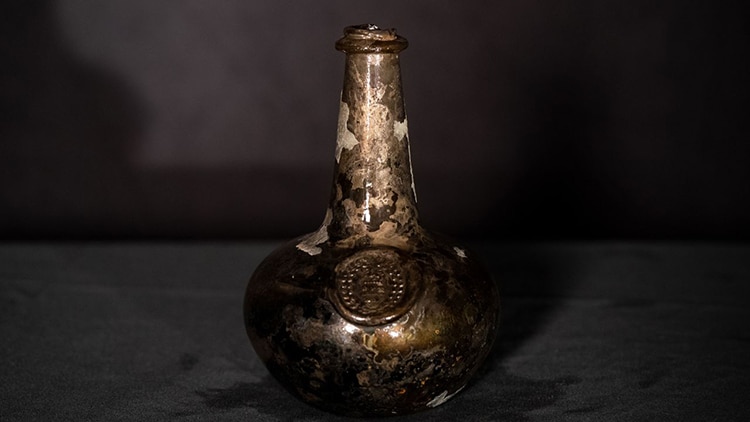
A bottle bearing the crest of George Washington's ancestors. (Photo: University of East Anglia)
The ship carried the Duke of York, heir to the throne, north to Scotland to fetch his wife and daughter back to England.

Glasses still in their case found on the wreck. (Photo: University of East Anglia)
The ship was discovered by divers with a passion for history.
h/t: [CNN]
Related Articles:
Bronze Age Couple Discovered in Loving Embrace 3,000 Years After Burial in Ukraine
Watch a TV News Station Switch From Black-and-White to Color in Middle of Broadcast
Laser Technology Discovers 11 Historic Hidden Settlements Under Amazon Rainforest
The Fascinating Story of Yaupon America’s Lost Native Tea Tradition


































































